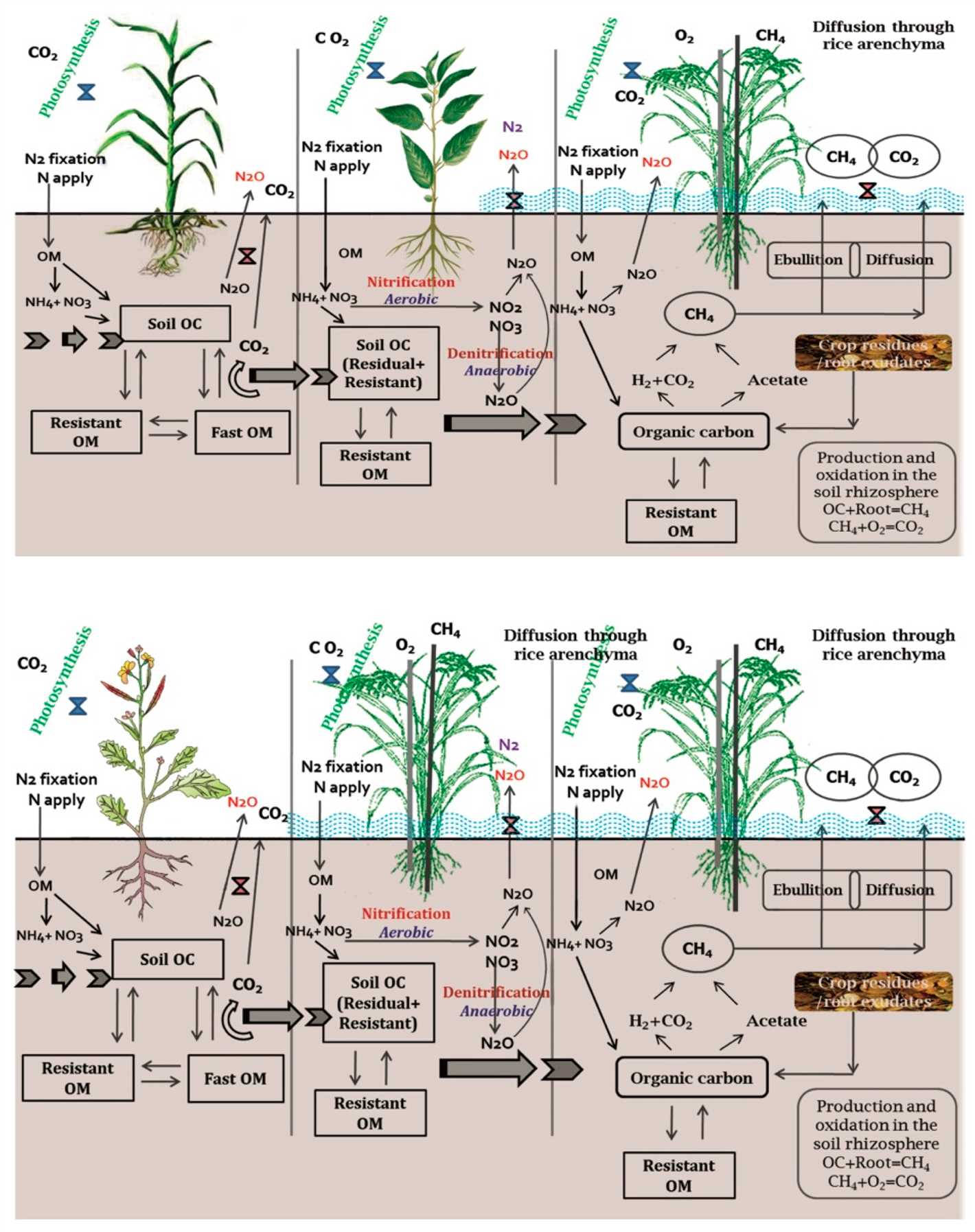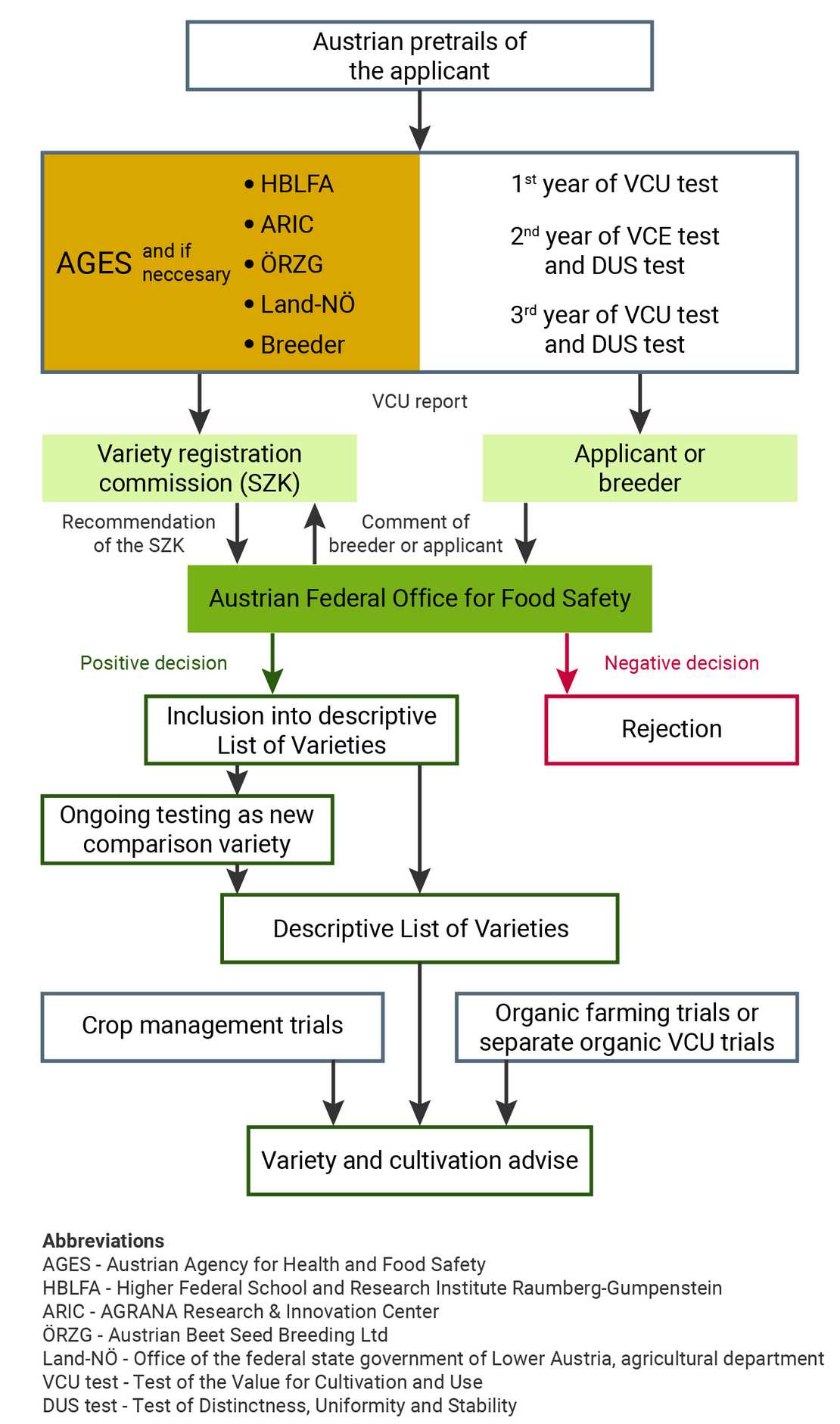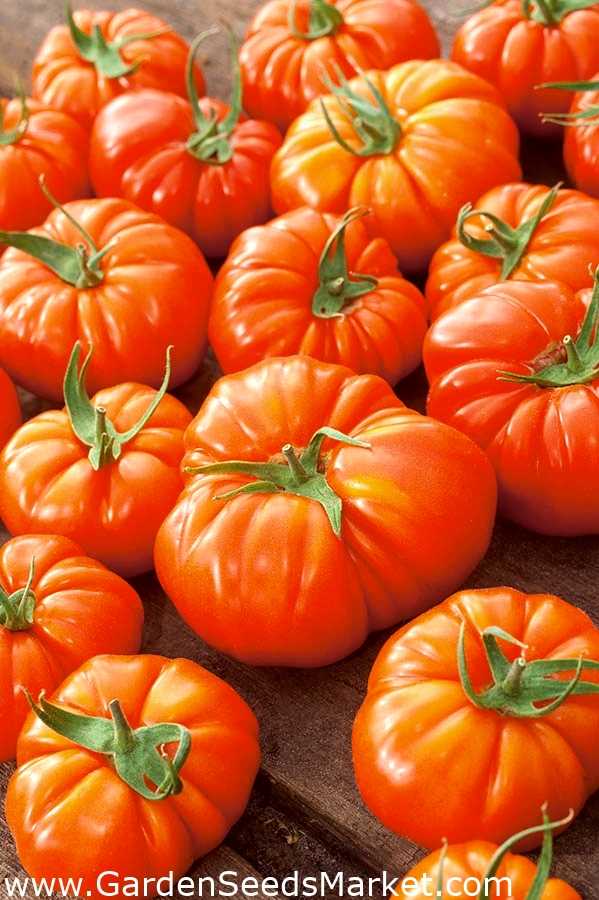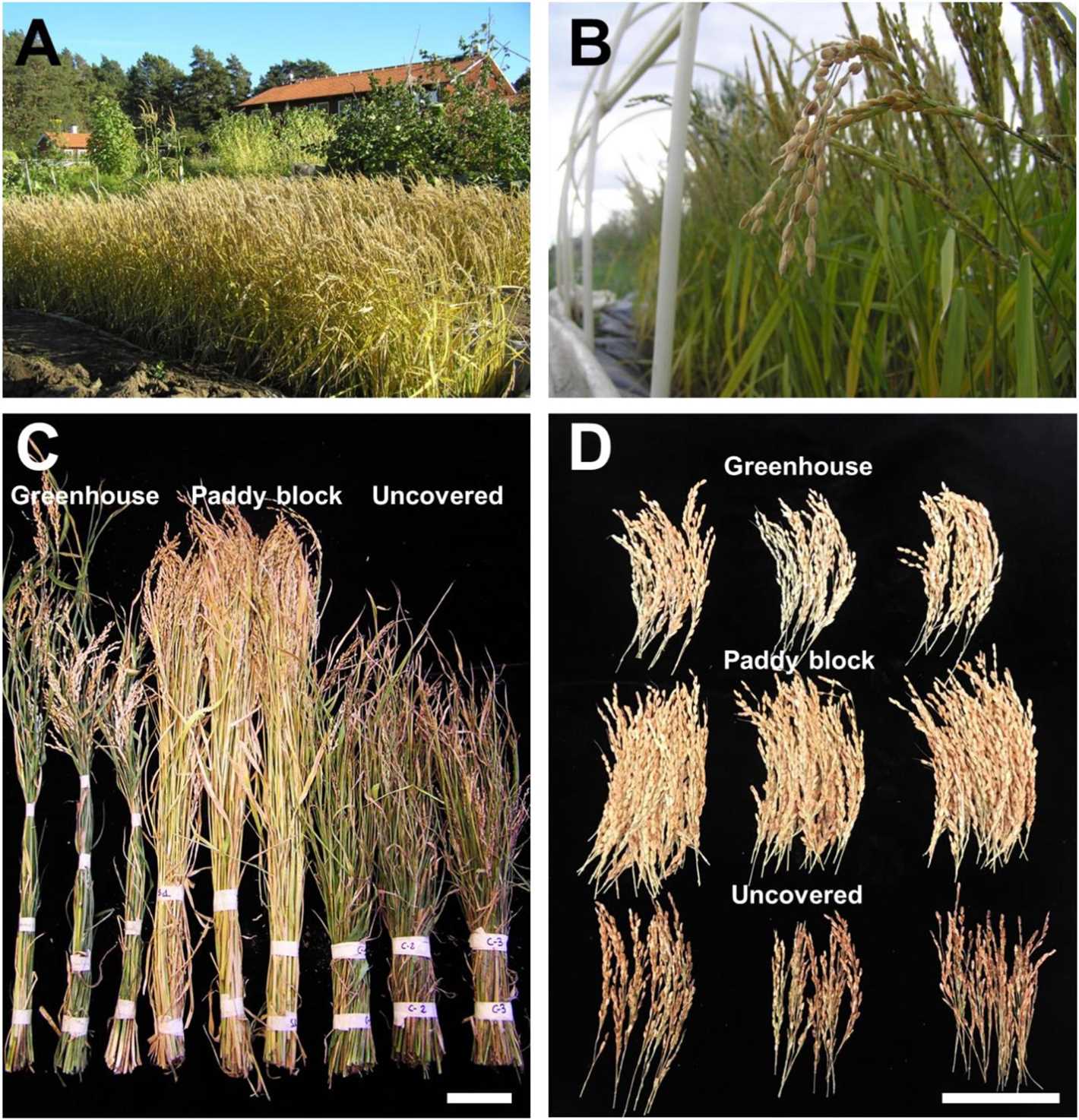- Deicia: Cultivation, Types and Varieties – All You Need to Know
- Cultivation
- Types of Deicia
- Varieties of Deicia
- Conclusion
- The Many Benefits of Deicia
- How to Cultivate Deicia Successfully
- 1. Choose the Right Location
- 2. Prepare the Soil
- 3. Planting
- 4. Watering
- 5. Fertilizing
- 6. Pruning
- 7. Pest and Disease Control
- 8. Mulching
- 9. Harvesting
- Understanding Different Types of Deicia
- 1. Deicia maculata
- 2. Deicia coccinea
- 3. Deicia reflexa
- 4. Deicia bausei
- 5. Deicia godseffiana
- Discovering the Many Varieties of Deicia
- 1. Deicia Prime
- 2. Deicia Sunshine
- 3. Deicia Cascade
- 4. Deicia Ruby
- 5. Deicia Snowflake
- Tips for Choosing the Right Deicia for Your Garden
- Consider the Climate
- Determine Your Available Space
- Decide on the Type
- Consider Flowering Time
- Check Soil and Sunlight Requirements
- Choose Disease Resistance
- Consider Companion Plants
- Deicia: A Beautiful Addition to any Landscape
- Introduction
- Growing Deicia
- Types and Varieties
- Uses in Landscaping
- Conclusion
- Deicia: A Plant with a Rich History
- Origin and Cultivation
- Medicinal Uses
- Culinary Uses
- Conclusion
- Common Obstacles in Deicia Cultivation and How to Overcome Them
- 1. Pests and Diseases
- 2. Environmental Factors
- 3. Nutrient Imbalances
- 4. Weed Competition
- 5. Lack of Knowledge and Experience
- Questions and Answers:
- What is deicia?
- What are the different types of deicia?
- How do you cultivate deicia?
- What are the ideal growing conditions for deicia?
- Do deicia plants require a lot of maintenance?
- What are some popular varieties of deicia?
- Can deicia plants be grown indoors?
- Videos: Awesome jalapeno chilli pepper growing . Jalapeno pepper farm and harvest
Deicia is a unique and versatile plant that has gained popularity in recent years for its beautiful flowers and easy cultivation. Native to the tropical regions of Asia, Deicia is now cultivated worldwide for its ornamental value and medicinal properties.
The cultivation of Deicia is relatively simple, making it an ideal choice for both experienced gardeners and beginners. It thrives in well-drained soil and prefers a sunny location, although it can tolerate partial shade. Regular watering and fertilization will help promote healthy growth and vibrant flowers.
There are several types and varieties of Deicia available, each with its own distinct characteristics. The most common type is Deicia grandiflora, which is known for its large, showy flowers in shades of pink, purple, and white. Other varieties include Deicia crenata, which has smaller flowers and a more compact growth habit, and Deicia sanguinea, which has red flowers and attractive foliage.
Whether you are looking to add a splash of color to your garden or reap the benefits of Deicia’s medicinal properties, this article will provide you with all the information you need to know about cultivating and caring for this stunning plant.
Deicia: Cultivation, Types and Varieties – All You Need to Know
Deicia, also known as the Dragon Fruit, is a unique fruit that is gaining popularity due to its vibrant colors and health benefits. In this article, we will explore the cultivation, types, and varieties of Deicia to give you a comprehensive understanding of this exotic fruit.
Cultivation

Deicia is typically grown in tropical and subtropical regions, as it requires warm temperatures and high humidity to thrive. It is a climbing cactus that needs support to grow properly. The fruit is produced from flowers that bloom overnight and are pollinated by nocturnal creatures such as moths and bats.
When cultivating Deicia, it is important to provide well-draining soil and adequate water. The plant should be protected from strong winds, as they can damage both the plant and the fruit. Regular fertilization is also necessary to ensure healthy growth.
Types of Deicia
There are three main types of Deicia: white-fleshed, red-fleshed, and yellow-fleshed. The most commonly found type is the red-fleshed variety, which has a vibrant pink or red interior. The white-fleshed variety has a milder taste compared to the red-fleshed one. The yellow-fleshed variety, also known as the yellow dragon fruit, has a sweeter taste and is often preferred for desserts.
Varieties of Deicia
There are several varieties of Deicia available, with each offering unique characteristics and flavors. Some popular varieties include:
- Pitaya Roja: This variety has bright red skin and a deep red flesh. It has a sweet and slightly tangy taste.
- Hylocereus undatus: Also known as the white-fleshed dragon fruit, this variety has white skin and a white pulp. It has a subtly sweet flavor.
- Hylocereus megalanthus: This variety, also known as the yellow dragon fruit, has yellow skin and white flesh. It is the sweetest variety of Deicia.
- Pitaya Amarilla: This variety has yellow skin and a red or pink flesh. It has a balanced sweet and tangy taste.
Conclusion
Deicia, with its vibrant colors and unique taste, is a fascinating fruit to cultivate and enjoy. Its cultivation requires specific climatic conditions and care, but the rewards are definitely worth it. With various types and varieties to choose from, there is a Deicia fruit for every taste preference. So why not give this tropical delight a try and experience the wonders of Deicia yourself?
The Many Benefits of Deicia
Deicia is a versatile plant that offers numerous benefits to its cultivators. Whether you are growing Deicia for ornamental purposes or for medicinal use, this plant has something to offer for everyone. Here are some of the many benefits of Deicia:
- Easy to cultivate: Deicia is a hardy plant that is easy to grow, making it suitable for both experienced and novice gardeners.
- Beautiful foliage: Deicia features attractive foliage with its lush green leaves, adding a touch of elegance to any garden or indoor space.
- Medicinal properties: Deicia has been used for centuries in traditional medicine for its various healing properties. It is believed to have anti-inflammatory, antibacterial, and analgesic effects.
- Culinary uses: Certain varieties of Deicia can be used in cooking to add flavor and aroma to a variety of dishes. Its leaves can be used as a seasoning or added to salads.
- Low maintenance: Deicia requires minimal care and attention, making it a great choice for individuals with a busy lifestyle or those who are new to gardening.
- Indoor air purifier: Deicia is known for its ability to purify indoor air by removing toxins and pollutants. This makes it an excellent choice for improving air quality in homes and offices.
- Attracts pollinators: Deicia flowers are highly attractive to pollinators, such as bees and butterflies, making it a valuable addition to any pollinator garden.
Overall, Deicia is a plant that offers a wide range of benefits, from its easy cultivation and beautiful foliage to its medicinal properties and ability to improve indoor air quality. Whether you are a gardener, a chef, or someone looking to enhance your well-being, Deicia is a plant that is worth considering.
How to Cultivate Deicia Successfully
Cultivating Deicia successfully requires attention to detail and careful planning. Here are some key steps to follow:
1. Choose the Right Location
Deicia plants thrive in full sunlight, so choose a location that receives at least 6 hours of direct sunlight each day. The soil should be well-drained and rich in organic matter.
2. Prepare the Soil
Before planting Deicia, prepare the soil by removing any weeds or grass and breaking up any compacted soil. Add compost or well-rotted manure to improve soil fertility.
3. Planting
Dig a hole slightly larger than the root ball of the Deicia plant. Place the plant in the hole, making sure the crown is level with the soil surface. Backfill the hole with soil and gently firm it around the plant.
4. Watering
Deicia plants require consistent moisture to thrive. Water the plants regularly, especially during dry periods. Avoid overwatering, as this can lead to root rot.
5. Fertilizing
Apply a balanced fertilizer every 4-6 weeks during the growing season to promote healthy growth. Follow the instructions on the fertilizer packaging for the appropriate dosage.
6. Pruning

Prune Deicia plants in early spring to shape them and remove any dead or damaged branches. This will promote new growth and maintain a compact shape.
7. Pest and Disease Control
Monitor your Deicia plants regularly for signs of pests or diseases such as aphids or powdery mildew. Use appropriate organic or chemical controls to manage these issues.
8. Mulching
Apply a layer of organic mulch around the base of the plants to conserve moisture, suppress weeds, and regulate soil temperature.
9. Harvesting
Harvest Deicia flowers when they are fully open but not yet aged. Use a sharp, clean knife or scissors to cut the flowers, leaving a portion of the stem intact.
By following these guidelines, you can successfully cultivate Deicia and enjoy its beautiful blooms for years to come.
Understanding Different Types of Deicia
The Deicia plant is a popular choice among plant enthusiasts and gardeners. It is known for its beautiful flowers and versatile nature. There are several different types and varieties of Deicia, each with its own unique characteristics and growing requirements. In this article, we will explore some of the most common types of Deicia and provide you with valuable information to help you choose the right one for your garden.
1. Deicia maculata
Also known as the Polka Dot Plant, Deicia maculata is a small, compact plant with brightly colored foliage. The leaves are typically green with pink or white spots, resembling polka dots. This variety is popular for its vibrant foliage and easy care requirements. It is a great choice for indoor gardening or as a colorful ground cover in outdoor gardens.
2. Deicia coccinea
The Deicia coccinea, commonly referred to as the Swiss Cheese Plant or Monstera, is a tropical climbing vine. It is known for its large, fenestrated leaves that have distinctive holes or cuts. This variety is popular for its unique foliage and can add a tropical feel to any garden or indoor space. It requires bright indirect light and moderate watering to thrive.
3. Deicia reflexa
The Deicia reflexa, or sometimes called Deicia tricolor, is a beautiful trailing plant with colorful foliage. The leaves are usually green with shades of pink, red, and white. This variety is often used in hanging baskets or as a trailing plant on shelves. It prefers bright indirect light and well-draining soil.
4. Deicia bausei
Also known as Deicia metallica, the Deicia bausei is a stunning plant with metallic purple or green leaves. This variety is highly sought after for its unique coloration and striking appearance. It thrives in bright indirect light and high humidity, making it an ideal choice for terrariums or humid climates.
5. Deicia godseffiana
The Deicia godseffiana, or commonly known as the Gold Dust Plant, is a compact plant with green leaves speckled with yellow markings. This variety is popular for its striking foliage and easy care requirements. It can be grown as a houseplant or used as a ground cover in outdoor gardens.
These are just a few examples of the many types and varieties of Deicia available. Each variety has its own specific care requirements, so it’s important to research and understand the needs of the specific type you choose. Whether you’re looking for vibrant foliage, unique patterns, or trailing plants, there is a Deicia variety that will suit your preferences and bring beauty to your garden.
Discovering the Many Varieties of Deicia
Deicia is a versatile plant that comes in a wide range of varieties, each with its own unique characteristics and qualities. Whether you are a seasoned gardener or just starting out, exploring the different types of deicia can be an exciting journey.
Here are some of the most popular varieties of deicia:
1. Deicia Prime
Deicia Prime is known for its vibrant violet flowers and compact size. It is a popular choice for small gardens and can be easily grown in containers. This variety blooms continuously throughout the summer and requires minimal maintenance.
2. Deicia Sunshine
If you’re looking to add a pop of color to your garden, then Deicia Sunshine is the perfect choice. This variety features bright yellow flowers that resemble rays of sunshine. It is a hardy plant that thrives in full sun and well-draining soil.
3. Deicia Cascade
Deicia Cascade is a trailing variety that is ideal for hanging baskets and window boxes. It produces cascades of delicate pink flowers that create a beautiful, cascading effect. This variety is known for its long blooming period and is a favorite among garden enthusiasts.
4. Deicia Ruby

Deicia Ruby is a striking variety with deep red flowers that add a touch of elegance to any garden. It is a low-maintenance plant that is resistant to many common garden pests and diseases. This variety thrives in both full sun and partial shade.
5. Deicia Snowflake
If you prefer a more delicate look, then Deicia Snowflake is the perfect choice. This variety features white flowers with delicate petals that resemble snowflakes. It is a compact plant that is well-suited for small gardens and borders.
These are just a few examples of the many varieties of deicia available. When choosing a variety, consider factors such as the size of your garden, the amount of sunlight it receives, and your personal preferences. With its beautiful flowers and easy cultivation, deicia is sure to be a stunning addition to any garden.
Tips for Choosing the Right Deicia for Your Garden
Consider the Climate
One of the most important factors to consider when choosing a Deicia for your garden is the climate in your area. Deicia plants thrive in warm and tropical climates, so if you live in a colder region, you may need to provide some extra protection for your plant during the winter months.
Determine Your Available Space
Deicia plants come in various sizes, from compact varieties suitable for small gardens or containers, to larger varieties that can reach several feet in height. Before choosing a Deicia, make sure to measure the available space in your garden or determine if you have enough room for a larger plant.
Decide on the Type
There are several types of Deicia plants, each with its own unique characteristics and growth habits. Some popular types include Deicia crenata, Deicia spicata, and Deicia pulchella. Research the different types to find the one that best suits your garden and personal preferences.
Consider Flowering Time
If you want to enjoy colorful blooms throughout the year, consider choosing a Deicia variety that flowers at different times. Some varieties bloom in spring, while others bloom in summer or fall. By selecting a mix of flowering times, you can ensure a continuous display of flowers in your garden.
Check Soil and Sunlight Requirements
Before planting a Deicia, check the soil and sunlight requirements of the specific variety you are considering. Some Deicia plants prefer well-draining soil, while others can tolerate a variety of soil conditions. Additionally, some varieties thrive in full sun, while others prefer partial shade. Make sure your garden can provide the necessary conditions for the Deicia you choose.
Choose Disease Resistance
While Deicia plants are generally hardy, it’s always a good idea to choose varieties that are resistant to common diseases and pests. Look for Deicia varieties that are known for their resistance to diseases like powdery mildew or pests like aphids. This will help ensure that your Deicia plant stays healthy and vibrant.
Consider Companion Plants
When choosing a Deicia for your garden, consider the other plants that will be growing nearby. Some plants make excellent companions for Deicia, as they can provide shade, attract beneficial insects, or create an aesthetically pleasing combination. Research companion plants for Deicia to create a well-balanced and visually appealing garden.
| Tip | Description |
|---|---|
| Consider the Climate | Choose a Deicia variety that is suited to your local climate. |
| Determine Your Available Space | Measure your garden space to ensure it can accommodate the size of the Deicia plant. |
| Decide on the Type | Research the different types of Deicia to find the one that suits your preferences. |
| Consider Flowering Time | Select Deicia varieties that bloom at different times to enjoy continuous flowering. |
| Check Soil and Sunlight Requirements | Ensure your garden can provide the necessary soil and sunlight conditions for the Deicia plant. |
| Choose Disease Resistance | Look for Deicia varieties that are resistant to common diseases and pests. |
| Consider Companion Plants | Research companion plants that complement Deicia for a well-rounded garden. |
Deicia: A Beautiful Addition to any Landscape

Introduction
Deicia is a stunning flowering plant that can enhance the beauty of any landscape. With its vibrant colors and delicate blooms, Deicia is sure to catch the eye and add a touch of elegance to gardens, parks, and other outdoor spaces.
Growing Deicia
Deicia is relatively easy to grow and maintain, making it a popular choice for both experienced gardeners and beginners. Here are some key factors to consider when cultivating Deicia:
- Climate: Deicia thrives in warm, tropical climates but can also adapt to slightly cooler temperatures.
- Light: Deicia requires plenty of sunlight to bloom fully, so it’s important to choose a spot in your landscape that receives ample direct sunlight.
- Soil: Deicia prefers well-draining soil with a slightly acidic pH. Adding organic matter, such as compost, can help improve soil quality.
- Watering: While Deicia requires regular watering, it’s crucial not to overwater the plant. Allow the top few inches of soil to dry out between waterings.
Types and Varieties
Deicia comes in a variety of types and varieties, each with its own unique characteristics and beauty. Some popular types of Deicia include:
- Deicia Grandiflora: This type of Deicia is known for its large, showy flowers in vibrant shades of pink, purple, and red.
- Deicia Alba: Deicia Alba features pure white flowers with a subtle fragrance, adding an elegant touch to any landscape.
- Deicia Multiflora: With its prolific blooming habit, Deicia Multiflora produces an abundance of small, colorful flowers that create a stunning visual display.
Uses in Landscaping
Deicia can be utilized in various ways to enhance the overall aesthetic of your landscape. Here are some popular uses:
- Flower Beds and Borders: Plant Deicia in flower beds or along borders to create a vibrant and eye-catching display of color.
- Container Gardening: Due to its compact size, Deicia is well-suited for container gardening. Place pots of Deicia on patios, balconies, or any other outdoor space to bring beauty and charm.
- Rock Gardens: Deicia’s low-growing habit and ability to tolerate dry conditions make it an excellent choice for rock gardens, adding pops of bright color among the rocks and stones.
Conclusion
With its beautiful flowers and versatile nature, Deicia is a wonderful addition to any landscape. Whether used in flower beds, containers, or rock gardens, Deicia is sure to bring joy and beauty to outdoor spaces for years to come.
Deicia: A Plant with a Rich History
The Deicia plant, also known as Deicia officinalis, is an ancient medicinal and culinary herb that has a rich history dating back thousands of years. It has been used by various civilizations for its many beneficial properties and has played a significant role in traditional medicine and culinary practices.
Origin and Cultivation
The Deicia plant is native to the Mediterranean region and grows well in warm, dry climates. It belongs to the Lamiaceae family and is closely related to other well-known herbs like mint, rosemary, and lavender. It is a perennial plant with square stems, opposite leaves, and small purple or white flowers.
Deicia is primarily cultivated for its leaves, which are rich in essential oils and aromatic compounds. The plant is usually grown from seeds or cuttings and requires well-drained soil and full sun exposure to thrive. It is a hardy plant that can tolerate drought conditions and is often used as a decorative addition to gardens and landscapes.
Medicinal Uses
Deicia has been used for centuries in traditional medicine for its many health benefits. The leaves of the plant contain various compounds that have antioxidant, anti-inflammatory, and antimicrobial properties. It is commonly used to treat digestive issues, including indigestion, bloating, and stomach cramps.
Deicia is also known for its calming and relaxing effects and is often used as a natural remedy for anxiety, stress, and insomnia. The plant’s essential oils, when extracted and used in aromatherapy, can promote feelings of relaxation and improve overall well-being.
Culinary Uses
In addition to its medicinal properties, Deicia is also a versatile herb that is widely used in culinary practices. The leaves have a strong, aromatic flavor and are commonly used in Mediterranean and Middle Eastern cuisines. They are often used fresh or dried to add flavor to salads, soups, stews, and marinades.
The leaves of the Deicia plant can also be used to make herbal teas, which are known for their calming and soothing effects. The tea is often brewed by steeping the dried or fresh leaves in hot water and can be enjoyed on its own or with a touch of honey.
Conclusion
Deicia is a plant with a rich history and diverse range of uses. From its origins in the Mediterranean region to its widespread cultivation and use in traditional medicine and culinary practices, this versatile herb continues to be cherished for its many beneficial properties. Whether used for its medicinal or culinary purposes, Deicia remains a beloved plant that has stood the test of time.
Common Obstacles in Deicia Cultivation and How to Overcome Them

Deicia cultivation can be a rewarding and profitable endeavor, but it is not without its challenges. Here are some common obstacles that growers may encounter and tips on how to overcome them:
1. Pests and Diseases

Pests and diseases can wreak havoc on a deicia crop if not properly managed. Common pests include aphids, mites, and whiteflies, while diseases such as powdery mildew and leaf spot can also be problematic.
To overcome this, it is important to implement a comprehensive pest and disease management plan. This may include using organic or chemical pesticides, practicing crop rotation, monitoring for early signs of infestation, and maintaining good hygiene and sanitation practices in the cultivation area.
2. Environmental Factors
Deicia plants require specific environmental conditions to thrive, including adequate sunlight, temperature, and humidity levels. However, factors such as extreme heat, cold, and humidity can negatively impact plant growth and yield.
To overcome environmental obstacles, it is important to provide the plants with optimal growing conditions. This may involve using shade cloth or greenhouse structures to regulate temperature and humidity, providing supplemental lighting during periods of low sunlight, and ensuring proper ventilation to prevent excess moisture accumulation.
3. Nutrient Imbalances
Imbalances in nutrient availability can lead to stunted growth, reduced yield, and poor fruit quality in deicia plants. Common nutrient deficiencies include nitrogen, phosphorus, and potassium, while excesses of certain nutrients can also be harmful.
To overcome nutrient imbalances, it is important to regularly monitor and maintain proper nutrient levels in the soil. This can be achieved through soil testing, fertilizing with organic or synthetic fertilizers as needed, and using foliar sprays for quick nutrient absorption in case of severe deficiencies.
4. Weed Competition
Weeds can compete with deicia plants for essential resources such as nutrients, water, and sunlight, ultimately reducing crop productivity. Controlling weed growth is crucial to ensure optimal plant health and yield.
To overcome weed competition, regular weeding and mulching can be implemented. This helps to suppress weed growth and conserve soil moisture, ensuring that deicia plants have access to the resources they need.
5. Lack of Knowledge and Experience
For those new to deicia cultivation, a lack of knowledge and experience can be a significant hurdle. Understanding the specific requirements of deicia plants and proper cultivation techniques is crucial for success.
To overcome this obstacle, it is important to educate oneself through research, attending workshops or courses, and seeking guidance from experienced growers. Building a network of fellow growers can also provide valuable insights and support.
By being aware of these common obstacles and implementing appropriate strategies, growers can increase their chances of successful deicia cultivation. With patience, dedication, and continuous learning, the potential rewards of cultivating deicia can be realized.
Questions and Answers:
What is deicia?
Deicia is a type of flowering plant that belongs to the family Deiciaceae. It is known for its vibrant and colorful flowers.
What are the different types of deicia?
There are several types of deicia, including Deicia grandiflora, Deicia crenata, and Deicia pulchella. Each type has its own unique characteristics and flower colors.
How do you cultivate deicia?
Deicia can be cultivated from seeds or cuttings. It requires well-draining soil and partial shade. Regular watering and fertilizing can help promote healthy growth.
What are the ideal growing conditions for deicia?
Deicia thrives in tropical and subtropical climates. It prefers temperatures between 20 and 25 degrees Celsius and high humidity. It also requires a well-draining soil and partial shade.
Do deicia plants require a lot of maintenance?
Deicia plants are relatively low-maintenance. They require regular watering, especially during dry periods, and occasional fertilizing. Pruning can also be done to maintain the shape and size of the plant.
What are some popular varieties of deicia?
Some popular varieties of deicia include Deicia grandiflora ‘Pink Charm’, Deicia crenata ‘White Swan’, and Deicia pulchella ‘Ruby Red’. These varieties are known for their stunning flowers and are commonly used in gardens and landscapes.
Can deicia plants be grown indoors?
Yes, deicia plants can be grown indoors as long as they are provided with the right conditions. They require bright, indirect light and a humid environment. Regular misting can help increase the humidity levels around the plant.







